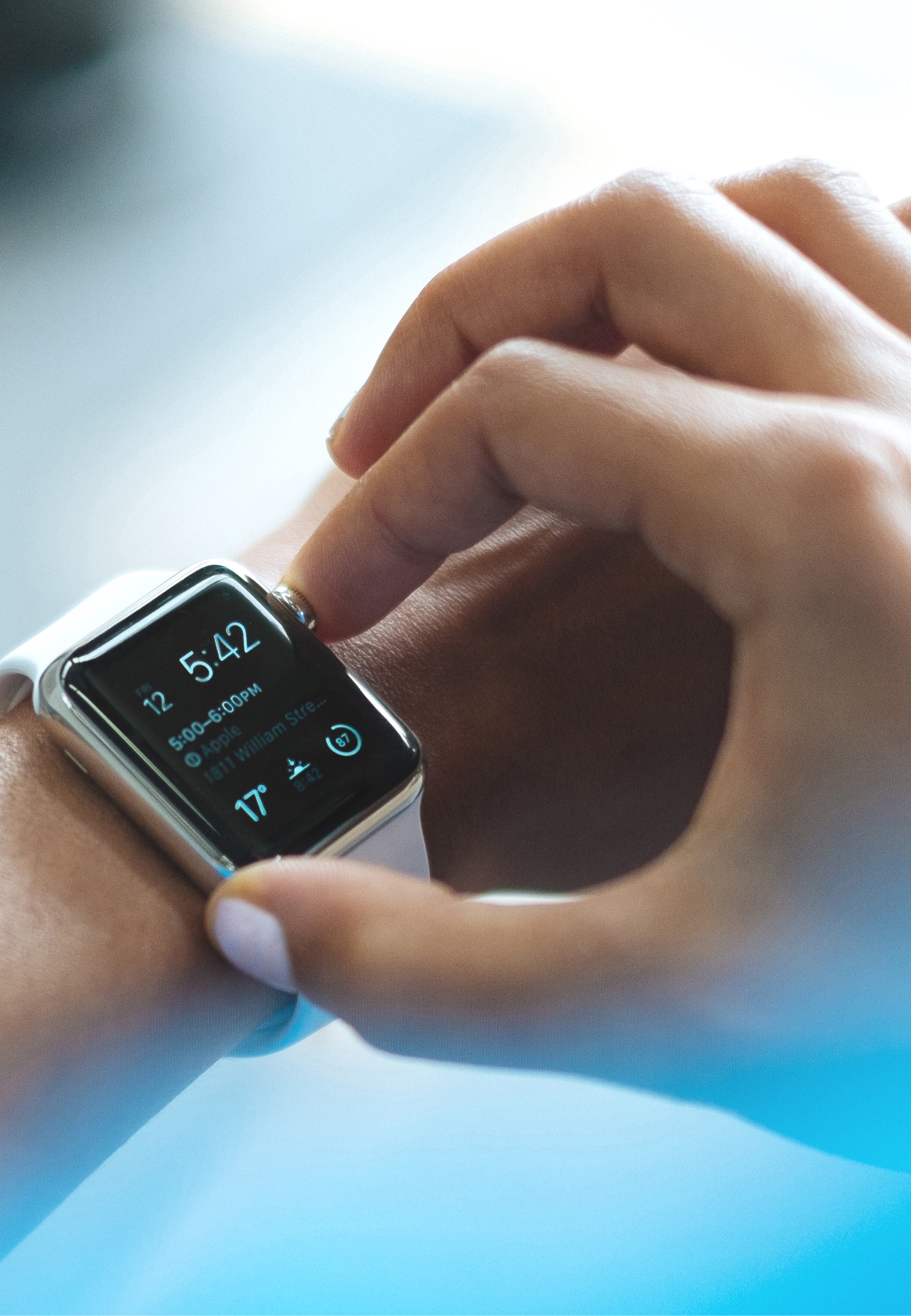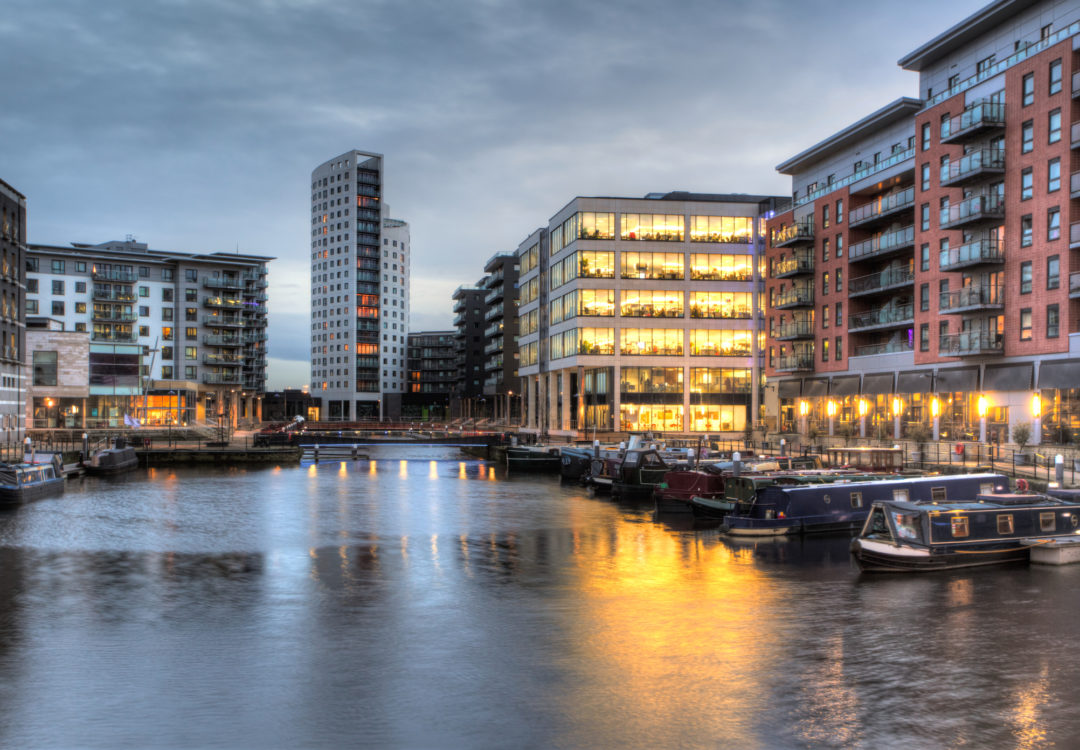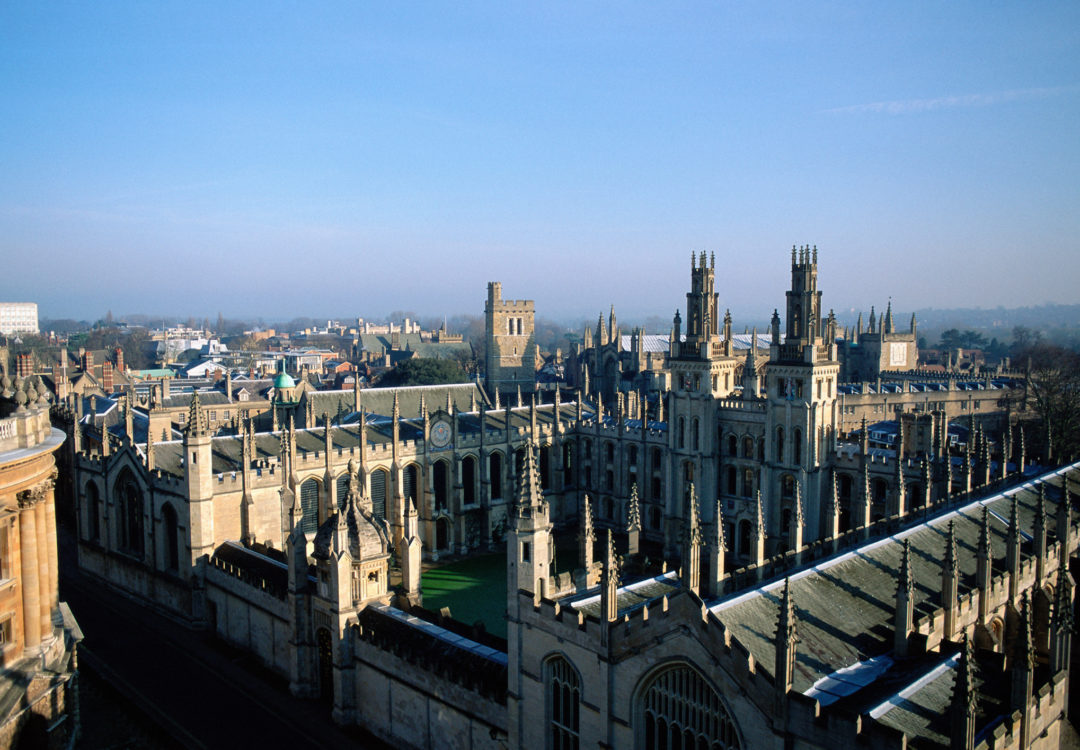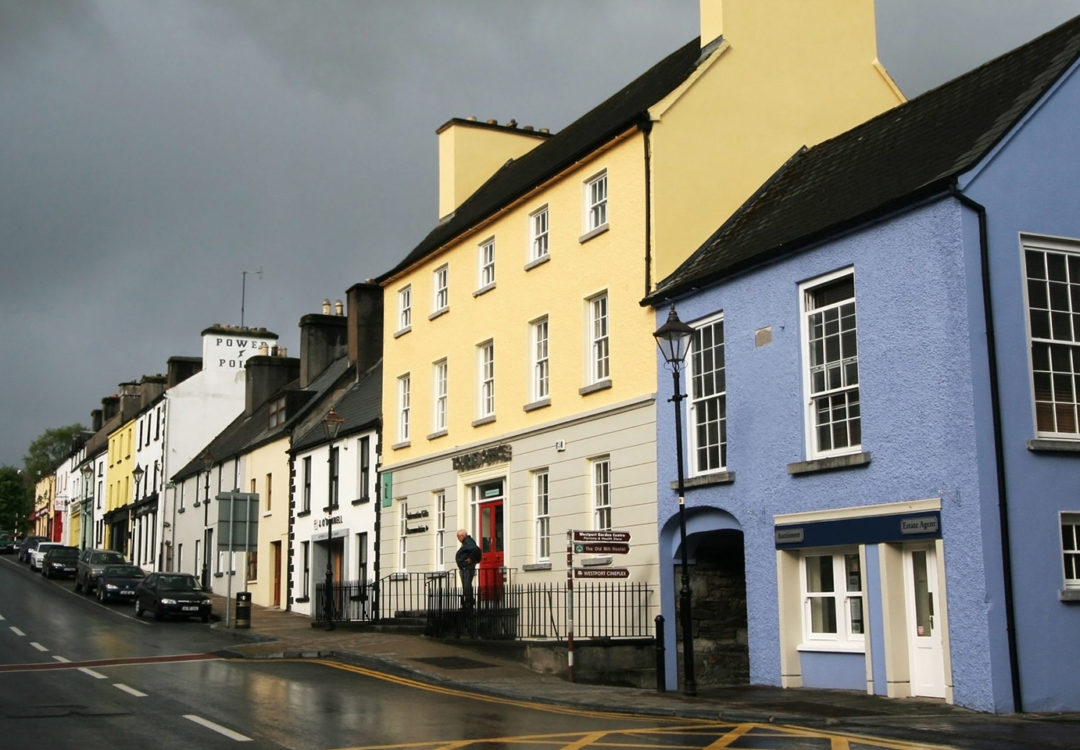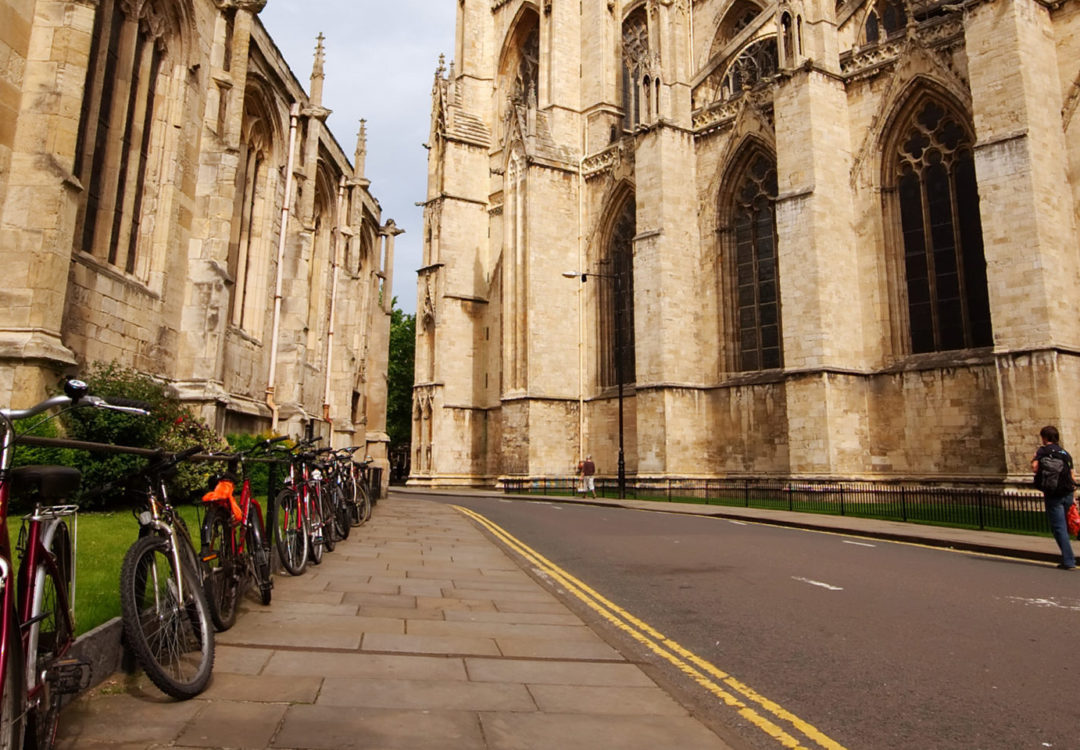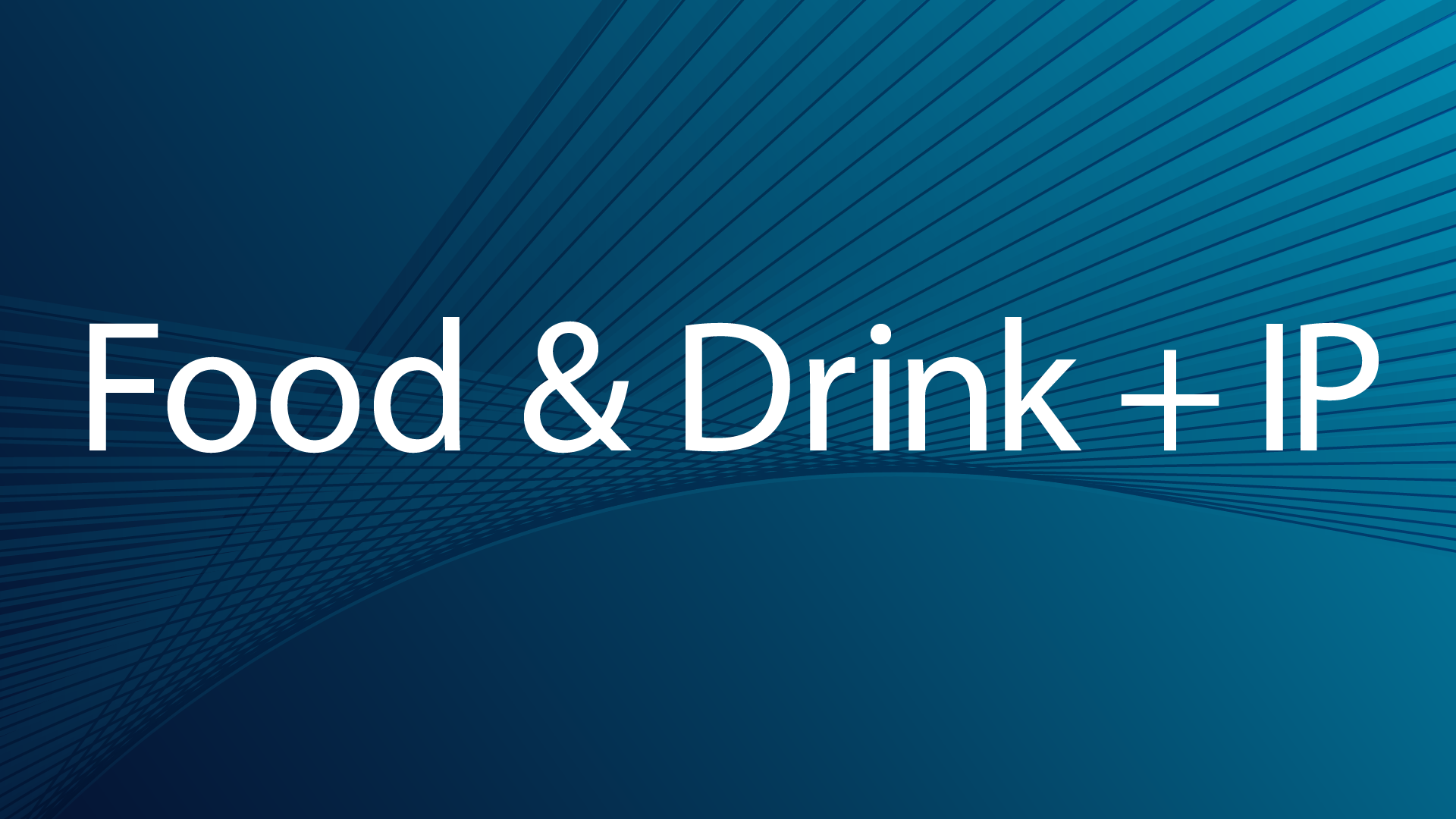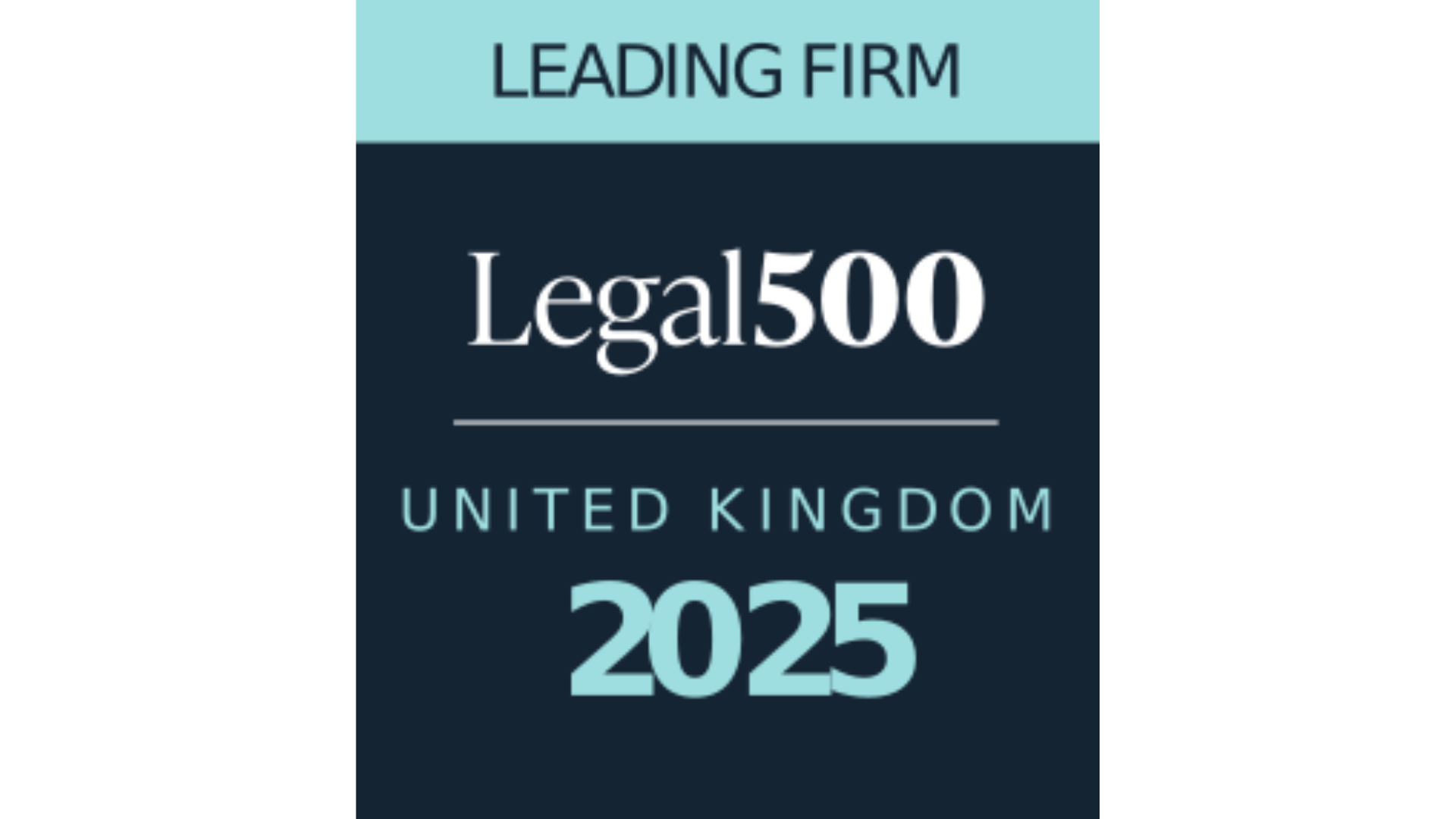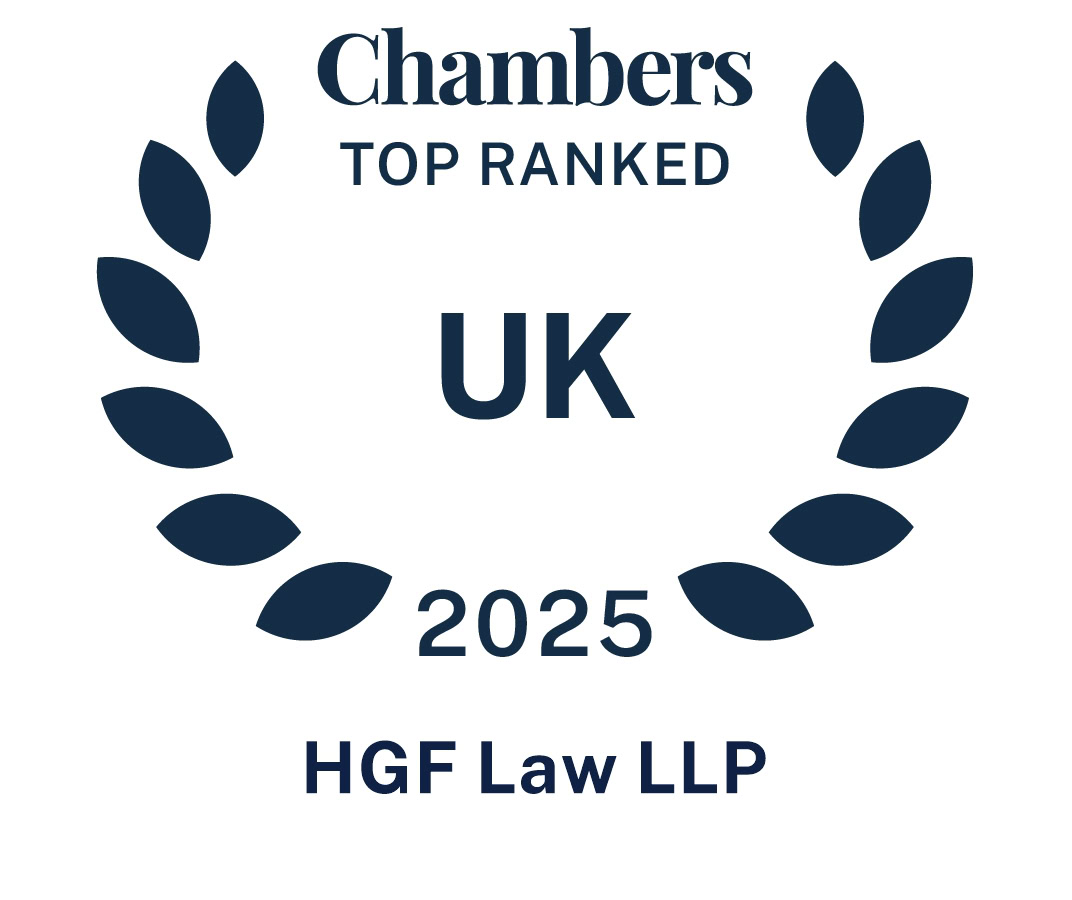Blogs
IP Ingredients: How the trademark landscape is adapting to the NoLo trend
November 2024
Beverage producer and brand owner? This article may be for you, as changes in how EU trademark authorities compare alcoholic and non-alcoholic products make it easier for brand owners to defend their trademarks across both categories.
The 2022 EUIPO’s Grand Board’s decision in -G Zoraya / Viña Zoraya, (R 964/2020), marked a shift in approach in the assessment of the similarity of non-alcoholic beverages and alcoholic beverages, when it was concluded that “non-alcoholic beverages” share at least a slight similarity with “wines, Spirits and liqueurs”. The Board also found that “flavoured carbonated beverages” and “wines” share a similar degree of similarity. Other contested goods, such as “waters” and “vitamin-enriched sparkling water,” were however still found to be dissimilar to “wines, spirits, and liqueurs,” in line with existing practice.
In its decision, the Grand Board deviated from its previous position. While “beers” and “non-alcoholic beverages” (both comprised in class 32 of the Nice classification) were already being held (low) similar by the EU authorities on the account of the existence of “non-alcoholic beers” and the “thirst-quenching qualities” of both products (15/01/2003, T-99/01, Mystery, EU:T:2003:7, § 40), and while the EU authorities already started recognizing that specific products such as “alcohol free/de-alcoholised wine” in class 32 would be considered similar to “wine” in class 33 back in 2021, EU authorities previously did not find a similarity between “wines”, “Liquors” and “Spirits” (comprised in class 33 of the Nice classification) and the broader category of non-alcoholic beverages, stating that:
· Merely because alcoholic beverages and non-alcoholic beverages can be mixed, consumed or marketed together, cannot lead to these products being considered as similar, given that their nature, intended purpose and use differ based on the presence of, or absence of alcohol in their composition. (04/10/2018, T-150/17, Flügel / … Verleiht Flügel et al., EU:T:2018:641, § 77‑84).
· Also, the purpose of non-alcoholic beverages, is to ‘quench thirst’ (11/05/2006, C-416/04 P, Vitafruit, EU:C:2006:310, § 86) and to provide refreshment. This is not the typical expectation for stronger alcoholic beverages (03/10/2012, T-584/10, Tequila Matador hecho en Mexico, EU:T:2012:518, § 54) due to their higher alcohol content, which serves different consumer needs and experiences.
· Therefore, most non-alcoholic drinks in Class 32 are considered to be dissimilar to most alcoholic drinks in Class 33 (22/09/2021, T-195/20, chic ÁGUA ALCALINA 9,5 PH (fig.) / Chic Barcelona et al., EU:T:2021:601; 21/01/2019, R 1720/2017-G, ICEBERG (fig.) / ICEBERG et al.)
In Zoraya / Viña Zoraya, the Grand Board of Appeal, however, took a different approach when taking into account industry trends and consumer behaviours, recognizing that in the recent years, the beverage sector has experienced a notable shift, driven largely by consumer’s health considerations, which has led to a surge in demand for “NoLo” (Non-alcoholic and Low-alcoholic) beverages and beverage manufacturers adapting to same.
Unlike in previous decisions, the Grand Board now considered multiple factors beyond whether or not the products in comparison contain alcohol, such as a similar manufacturing process, identical distribution channels, method of use, similar characteristics, consumer overlap and increasing market competition, recognizing that market realities are changing and that brand protection for alcoholic and non-alcoholic drinks is impacted by same.
Acknowledging that goods as “non-alcoholic wines and de-alcoholised liquors and spirits” are becoming more and more common, led them to conclude that these goods cannot be deemed entirely dissimilar to “non-alcoholic beverages”, with at least a low degree of similarity between them.
While the Zoraya/ Vina Zoraya case concerned the Spanish market only, the EUIPO authorities have since then recognised the same principles for the wider EU market as well, reasoning i.a. that:
· There is a trend in recent years for manufacturers also to produce non-alcoholic versions of their alcoholic beverages and distribute them through the same sales channels ( 09/03/2023, R 1716/2022-1, VALKIRIA (fig.)/ VALQUIRIA, § 23; 10/01/2023, R 651/2022-5 & R 685/2022-5, WYNE / WYNNS, § 37).
· It should be noted that there are more and more non-alcoholic alternatives on the market (02/12/2023, R595-2023-4, MASLA ROCA/AT ROCA (fig).
· Alcohol-free drinks are intended to be consumed in the same circumstances as alcoholic drinks by consumers who cannot, or choose not to, consume alcohol. Since consumers will perceive them as alternative products they must also be considered to be in competition. (B003191442, dd 12/03/2024, THE BOTANIST vs BOTANIETS).
· Soft drinks and alcoholic beverages, while distinct in composition and alcohol content, share some characteristics as consumable beverages. Both categories, (…) represent liquid options for human consumption and share a common method of use. They exist in an environment of growing competition, where consumers regularly face choices between alcoholic and non-alcoholic products that, despite their differences, often share similar attributes, especially in flavour ( R 1239/2022-4 dd. 4/07/2024 ELLYZ (fig.) / ELYX et al.).
So continued good news for beverages producers! Their registered marks for either alcoholic of non-alcoholic beverages now clearly offers them a broader scope of protection EU wide.
When assessing the similarity of products, the overview here may be useful for your consideration. It shows the comparison of various (non-)alcoholic beverages, also taking into account recent case law by the EUIPO Board of Appeal where available.
For any questions relating to the above, please contact the author Susanne Bilderbeek ([email protected]).

